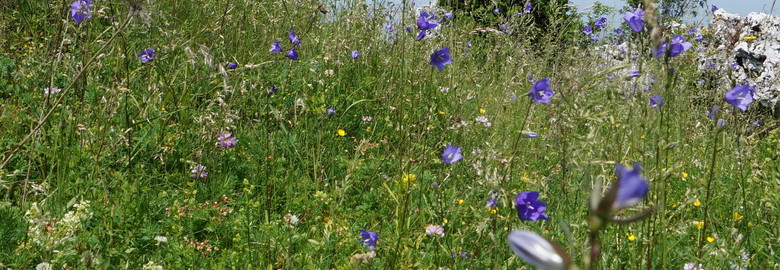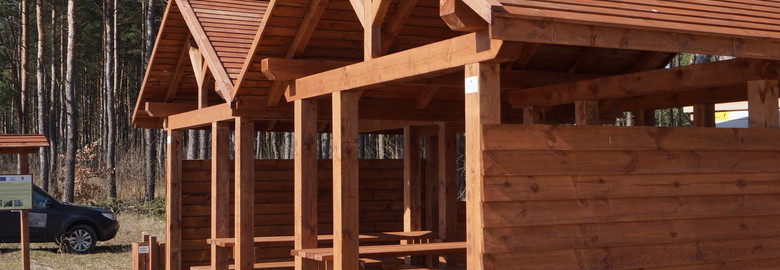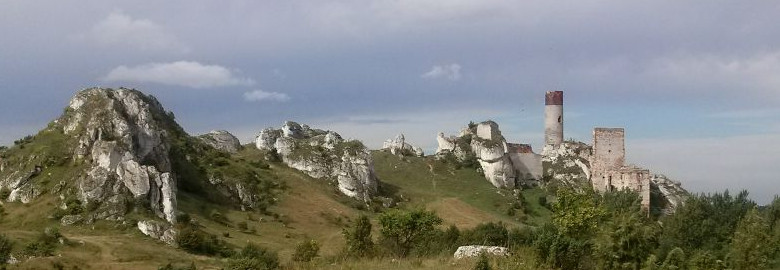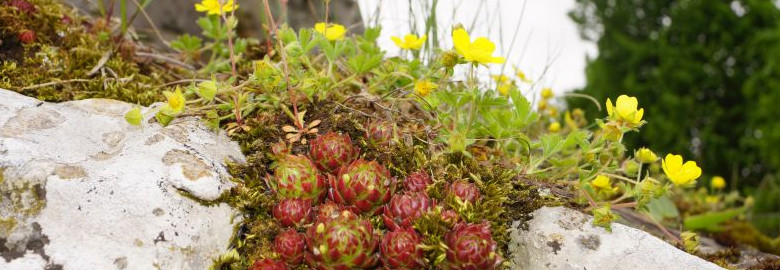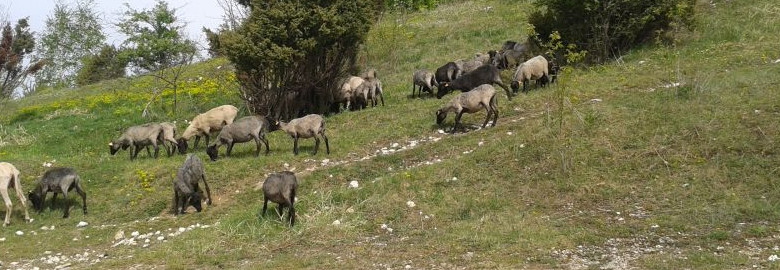Liczba wizyt
The visit of the staff of our project in CHKO Moravsky Kras and CHKO Palava
On 7-9th of October 2013 took place a meeting of our LIFE+ project staff and the staff of CHKO Moravsky Kras and CHKO Palava.
In order to start cooperation and exchange experiences with the institutions which carried out LIFE+ projects or similar projects abroad, the representatives of the Silesian Voivodeship Landscape Parks Complex took part in a field trip.
In order to start cooperation and exchange experiences with the institutions which carried out LIFE+ projects or similar projects abroad, the representatives of the Silesian Voivodeship Landscape Parks Complex took part in a field trip.
The morphological structure of the area is similar to the landscape of our project. The common features include limestone mounds with monadnocks. The relative height of the areas is comparable. The biggest threat to the xerothermic grasslands with the co-occurring species is the encroaching of the invasive species.
The projects share similar actions. During the meeting the representatives of the coordinating beneficiaries of both projects presented the main objectives of their projects and outlined the basics of their implementation and realization. The representatives shared their experiences gained in the course of the projects.
The field part of the visit allowed to observe the actions involved in the project in practice. Thanks to the courtesy of the hosts, the representatives of the Silesian Voivodeship Landscape Parks Complex were able to observe a few interesting examples of karst topography, i.e. a karst cave with karst springs (a type of spring where the groundwater comes out to the surface), a ponor (a portal where a surface stream or lake flows either partially or completely underground into a karst groundwater system) and numerous sinkholes (a depression or hole in the ground caused by some form of collapse of the surface layer due to karst processes



